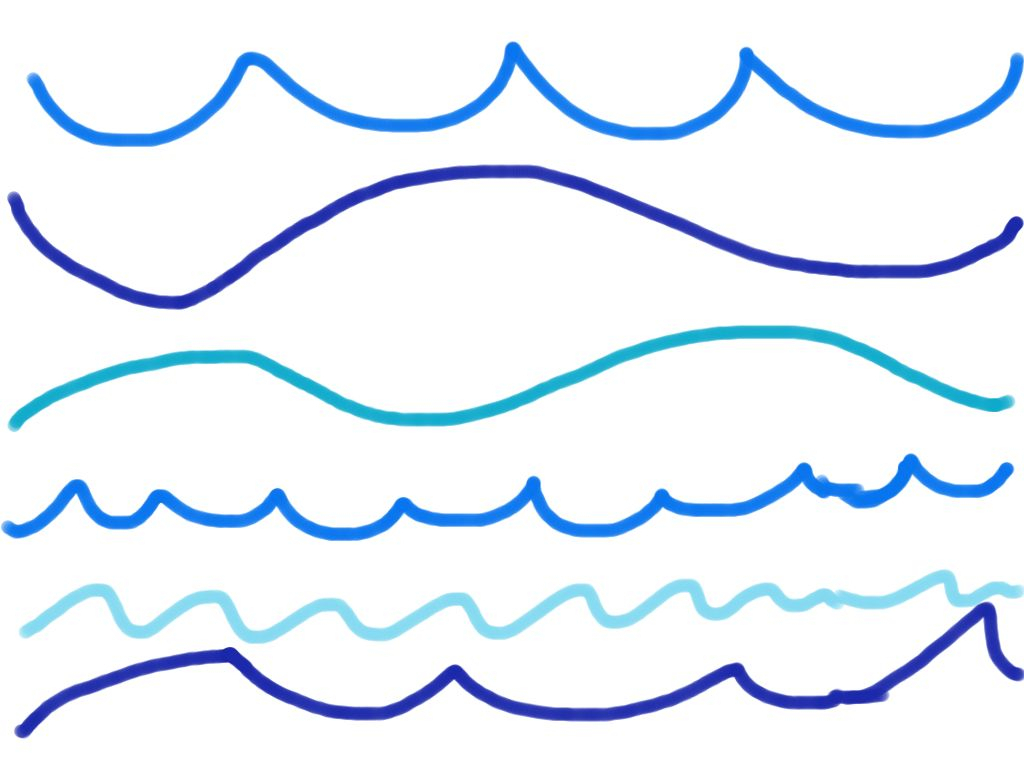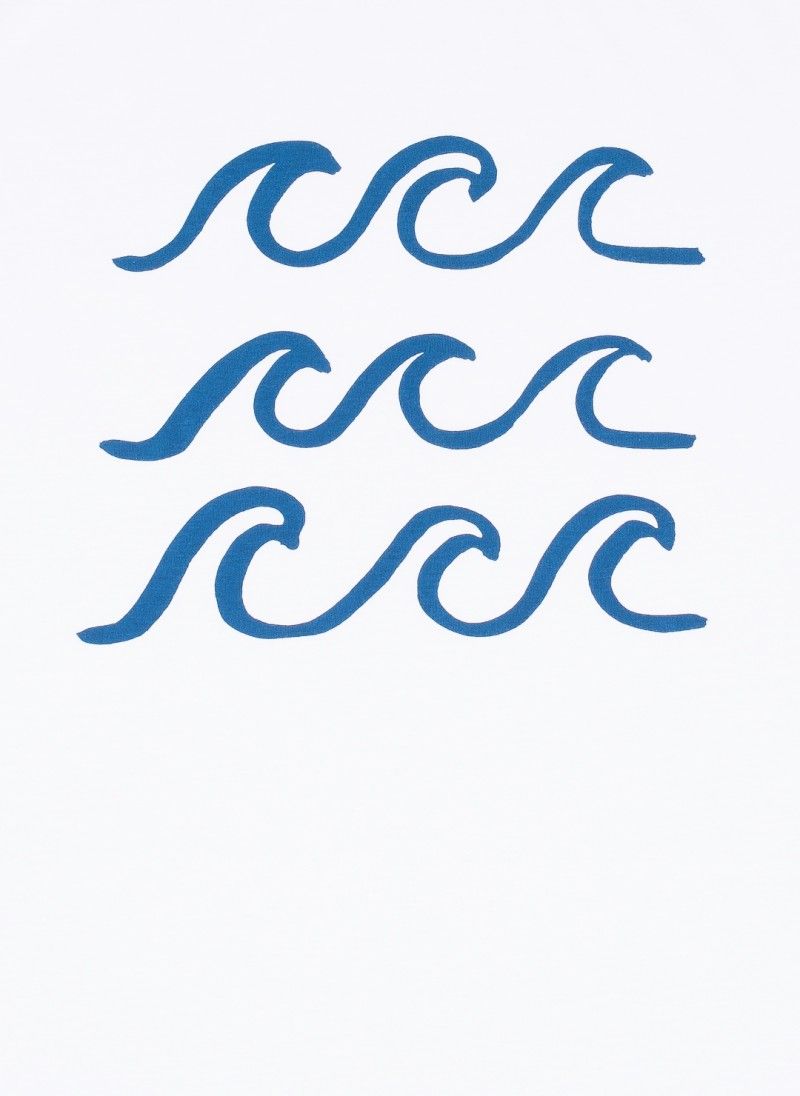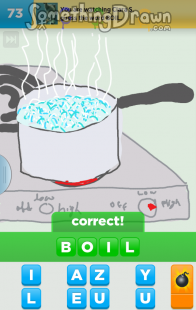drawing blue waves by soleneabq
Table of Contents
Table of Contents
Are you looking to add some waves to your artwork but not sure where to start? Drawing simple waves might seem daunting at first, but with some practice and guidance, anyone can master the art of drawing them. Learning how to draw waves can add depth and movement to your artwork, making it more dynamic and interesting.
Many people struggle with knowing where to begin when it comes to drawing waves. They may find it difficult to capture the fluidity of water or create a realistic texture. Additionally, some may feel overwhelmed by the various techniques and styles that can be used to represent waves.
The key to mastering the art of drawing waves is to break it down into simple steps. Start with the basics and work your way up to more complex techniques. To begin, let’s take a look at the simplest way to draw a wave.
First, draw a gently curving line to represent the top of the wave. Then, draw another, parallel line slightly below it to represent the bottom of the wave. Connect these two lines with short, curved lines to create the wave’s shape. Add detail by drawing small, triangular shapes along the top of the wave to represent whitecaps.
My Experience with Drawing Waves
When I first started drawing waves, I found it challenging to capture the movement and fluidity of the water. However, with practice and perseverance, I began to master the skill. I found it helpful to study images of waves to understand their shapes and textures better. I also experimented with different techniques, such as cross-hatching and stippling, to create different textures and effects.
Different Techniques for Drawing Waves
There are many techniques and styles you can use when it comes to drawing waves. Some artists prefer to use cross-hatching or stippling to represent the texture of water. Others may use a technique called “wet-on-wet” to create a more fluid, organic look. Regardless of the technique, the key is to practice and experiment to find what works best for you.
Using Cross-Hatching for Texture
Cross-hatching is a technique where you draw intersecting horizontal and vertical lines to create texture. This method can be particularly effective when drawing waves as it can capture the movement and ripples of the water. Start by drawing short, horizontal lines across the wave’s crest. Then, add vertical lines to create a mesh-like texture. Vary the spacing and thickness of the lines to add depth and dimension.
Using Stippling for Texture
Stippling is another texture technique that involves using small dots to create a pattern. To use this technique to draw waves, start by drawing the wave’s outline. Then, use a fine-tipped pen or pencil to add small dots along the wave’s surface. Vary the size and density of the dots to create the illusion of movement and texture.
Question and Answer
Q: What tools do I need to draw waves?
A: All you really need is a pencil or pen and some paper. However, you could also experiment with using different materials such as watercolors or digital art programs.
Q: What are some common mistakes people make when drawing waves?
A: One of the most common mistakes is to create waves that are too symmetrical or uniform. Remember, waves are organic and natural, so they should not all look identical. Additionally, it’s easy to overdo the texture or create waves that appear too busy or cluttered. Keep it simple and focus on the overall shape and movement of the wave.
Q: How can I practice drawing waves?
A: The best way to practice is to draw waves from life or from reference images. Focus on capturing the shape, movement, and texture of the water. Start with simple waves and work your way up to more complex ones.
Q: What are some tips for drawing realistic waves?
A: One tip is to observe and study waves in real life or in photographs. Pay attention to the shape, texture, and movement of the water. Additionally, experiment with different techniques and tools to create realistic textures and effects.
Conclusion of how to draw simple waves
Drawing waves can be a rewarding and fun addition to your artistic repertoire. Whether you’re a beginner or a more experienced artist, the key is to practice and experiment with different techniques and styles. By breaking down the process into simple steps, you can master the art of drawing waves and create dynamic, captivating artwork.
Gallery
Easy Wave Drawing At GetDrawings | Free Download

Photo Credit by: bing.com / waves wave drawing ocean easy water line simple clipart draw clip kids getdrawings cliparts tumblr library seascape tes lessons golven
Simple Waves Drawing At GetDrawings | Free Download

Photo Credit by: bing.com / waves simple clipart drawing ocean silhouette graphic wave drawings cliparts easy line getdrawings clipartbest clipartmag library paintingvalley calligraphy collection
“drawing Blue Waves” By Soleneabq | Redbubble

Photo Credit by: bing.com / waves drawing ocean simple blue dessin vagues redbubble bleues
Collection Of Waves In Different Techniques. | Wave Art, Wave Drawing, Art

Photo Credit by: bing.com /
How To Draw Waves- Really Easy Drawing Tutorial In 2021 | Easy Drawings

Photo Credit by: bing.com / tsunami sea hiclipart





